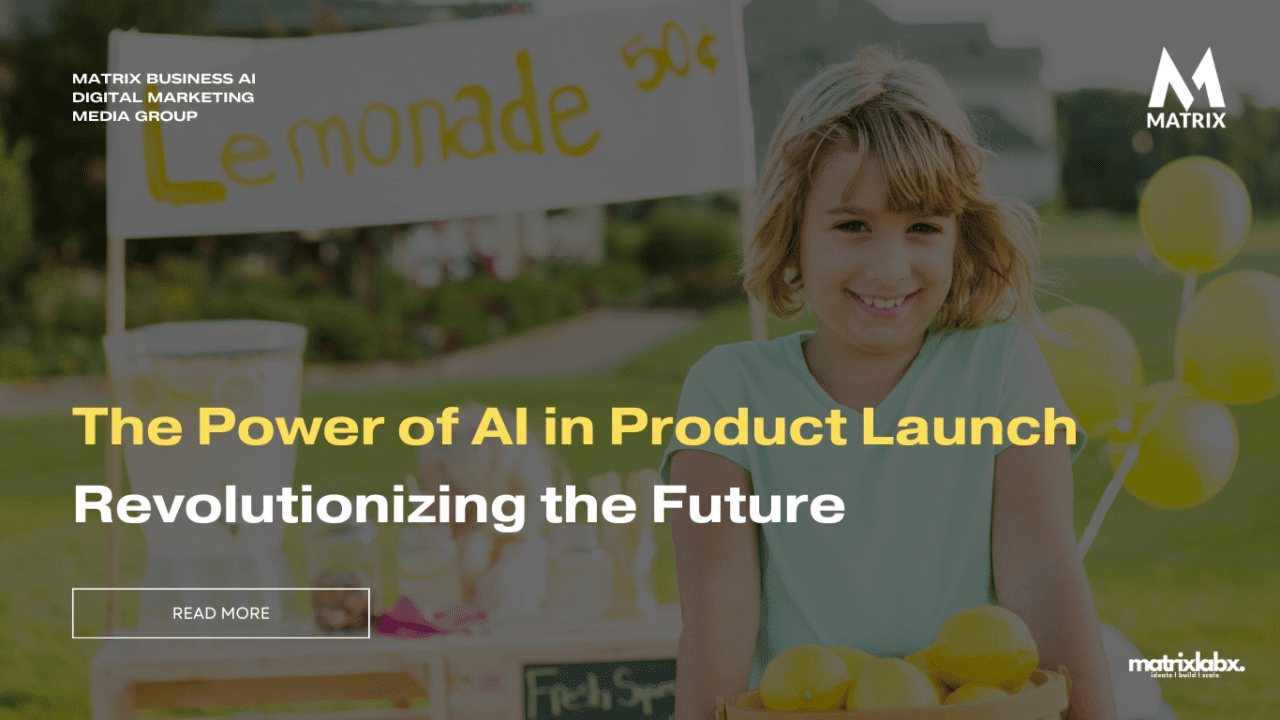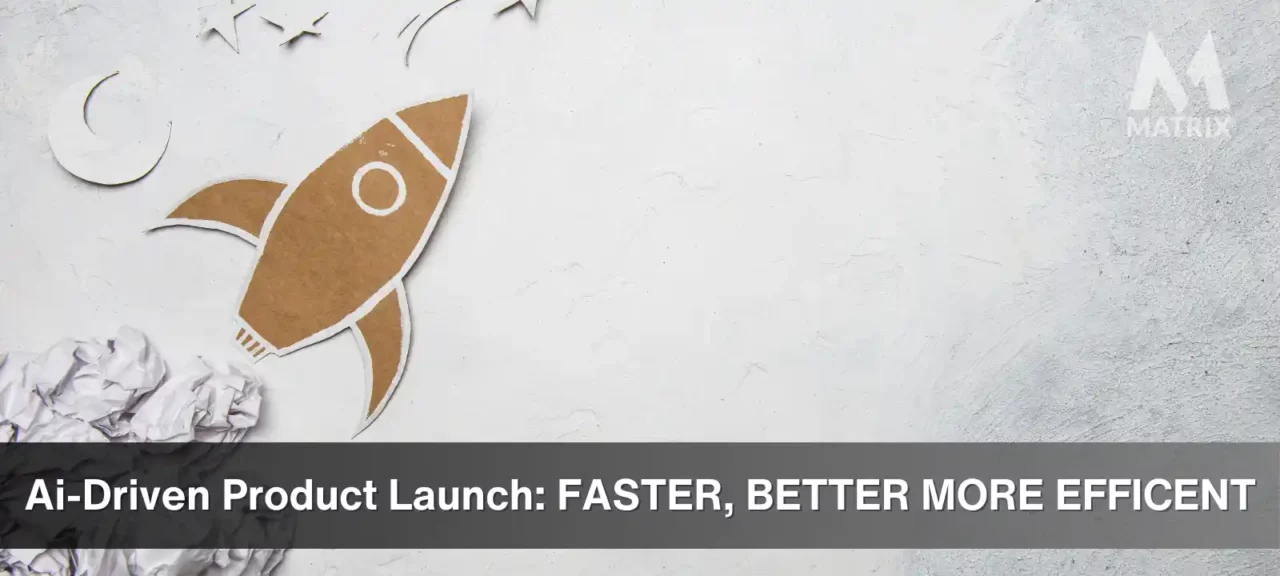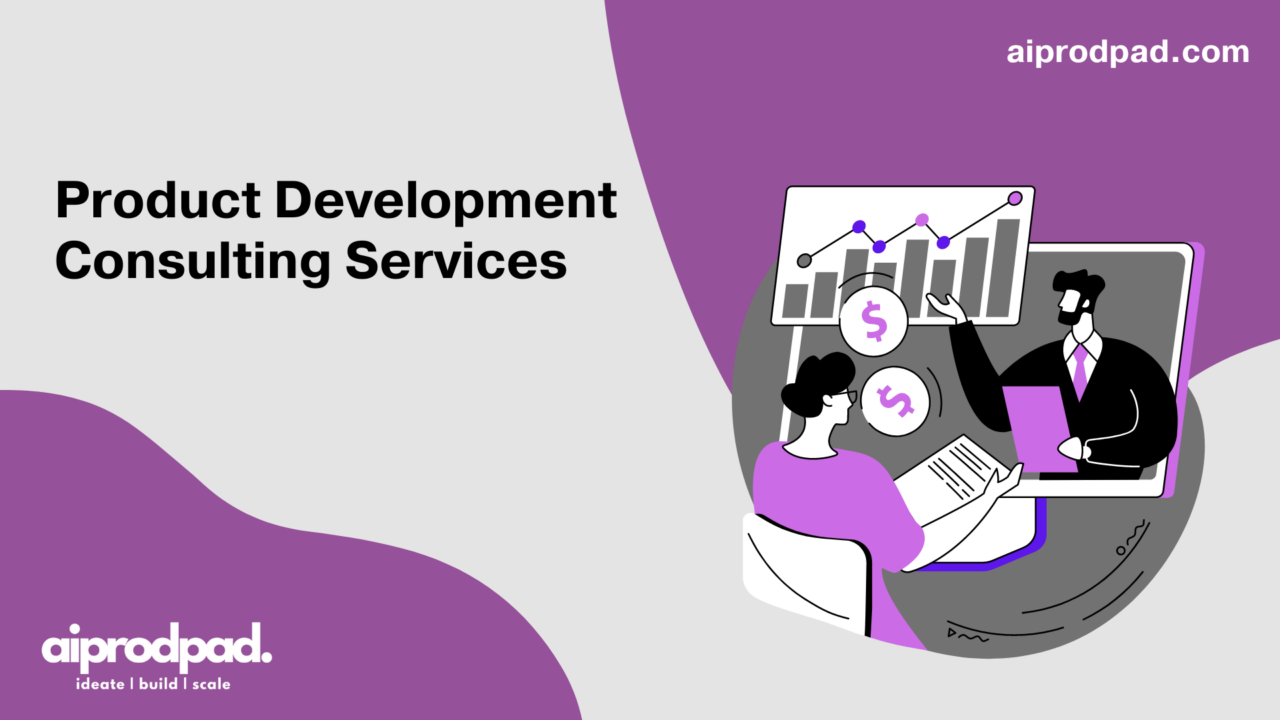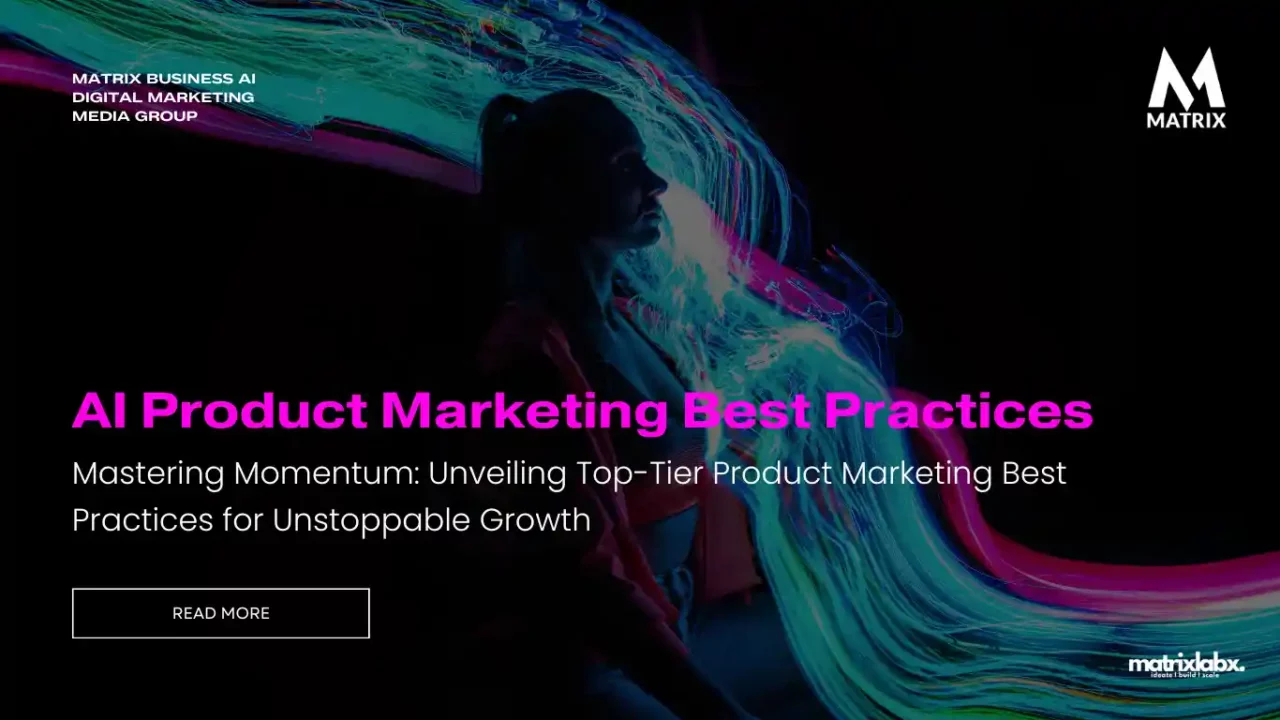The Power of AI in Product Launch: Revolutionizing the Future
The Power of AI in Product Launch: Revolutionizing the Future
With the rapid advancements in artificial intelligence (AI) technology, businesses across industries embrace its potential for enhancing product launches.
AI is a game-changer, revolutionizing how companies strategize, execute, and optimize product launches. In this article, we delve into the various aspects of utilizing AI in product launches and explore its transformative impact on businesses.
1. Understanding AI-Powered Product Launches
As a product manager, you are responsible for the success of your product, from ideation to launch. AI can help you at every stage of the product launch process, from understanding your customers’ needs to optimizing your marketing campaigns.
Here are some specific ways that AI can help you launch new products:
1. Understand your customers’ needs
AI can help you to better understand your customers’ needs and preferences by analyzing data from a variety of sources, including social media, customer support tickets, and product reviews. This information can be used to develop products that are more likely to be successful in the market.
For example, you could use AI to identify the most common customer pain points and develop new features or products to address them. You could also use AI to segment your customer base and create targeted marketing campaigns for each segment.
2. Design and develop new products
AI can also be used to design and develop new products. For example, AI can be used to generate concepts for new products, to identify potential technical challenges, and to optimize product designs.
For example, you could use AI to generate a list of potential new product ideas based on current market trends and customer feedback. You could also use AI to test different product designs and identify the most likely to resonate with your target audience.

3. Launch and market your product
AI can also be used to launch and market your product. For example, AI can be used to create personalized marketing messages, to automate marketing tasks, and to track and analyze marketing results.
For example, you could use AI to create personalized landing pages for each visitor to your website. You could also use AI to automate your email marketing campaigns and to track the performance of your social media campaigns.
Overall, AI can be a powerful tool for product managers looking to launch new products more effectively. By using AI to understand customer needs, design and develop new products, and launch and market products, product managers can increase the chances of success for their new products.
Here are some specific examples of how companies are using AI to launch new products:
- Netflix uses AI to recommend movies and TV shows to its users. This helps Netflix to keep its users engaged and to reduce churn.
- Amazon uses AI to personalize its product recommendations and to optimize its supply chain. This helps Amazon to increase sales and to improve customer satisfaction.
- Spotify uses AI to discover and recommend new music to its users. This helps Spotify to keep its users engaged and to attract new users.
These are just a few examples of how AI is being used to launch new products. As AI continues to develop, we can expect to see even more innovative and effective ways to use AI to launch new products.
1.1 The Role of AI in Product Launches

AI plays a vital role in augmenting each stage of the product launch process, from market research to post-launch analysis. It provides actionable insights and helps businesses make data-driven decisions that lead to successful product launches.
1.2 Leveraging AI for Market Research
With AI-powered tools and algorithms, companies can collect, analyze, and interpret vast amounts of data, gaining valuable insights into market trends, customer preferences, and competitors’ strategies.
This enables businesses to develop a comprehensive understanding of their target audience and create products that cater to their specific needs and demands.
1.3 AI-Driven Competitive Analysis
AI tools can gather and analyze data from various sources for competitive analysis.
This allows businesses to identify gaps in the market, assess their competitors’ strengths and weaknesses, and position their product launch strategically to gain a competitive edge.
2. AI in Product Development and Design
2.1 Enhancing Product Development with AI
AI accelerates product development by automating repetitive tasks, reducing time-to-market, and minimizing errors. It assists in generating product ideas, conducting feasibility studies, and optimizing designs, ensuring the final product aligns with customer expectations.
2.2 AI-Enabled Design Optimization
AI algorithms can analyze design data and user feedback to optimize product design. Through iterative improvements, it maximizes usability, functionality, and aesthetics, resulting in high-quality products that resonate with customers.
AI-enabled design optimization is the use of artificial intelligence (AI) to improve the design of products, services, and experiences. AI can be used to optimize designs for a variety of factors, including performance, cost, manufacturability, and sustainability.
AI-enabled design optimization uses machine learning algorithms to analyze large amounts of data. This data can include historical design data, customer feedback, and simulation results. AI algorithms can use this data to identify patterns and trends and to develop new design solutions.
AI-enabled design optimization has several benefits for marketers. First, it can help marketers create products and services that are more likely to meet the needs of their customers. Second, it can help marketers to reduce the time and cost of product development. Third, it can help marketers to create more innovative and sustainable products and services.
Here are some specific examples of how marketers can use AI-enabled design optimization:
- Personalizing product recommendations: AI can analyze customer data to identify preference patterns. This information can then be used to personalize product recommendations for each customer. This can lead to increased sales and customer satisfaction.
- Optimizing marketing campaigns: AI can analyze marketing data to identify which campaigns are most effective. This information can then be used to optimize future marketing campaigns. This can lead to increased ROI and customer engagement.
- Creating new products and services: AI can identify new product and service opportunities. For example, AI can analyze customer feedback to identify common pain points. This information can then be used to develop new products and services that address these pain points.
Overall, AI-enabled design optimization is a powerful tool that marketers can use to improve the effectiveness of their marketing campaigns and to create more innovative and customer-centric products and services.
Here is a clear way to explain AI-enabled design optimization to a non-technical audience:
Imagine you are a shoe marketer. You want to design a new shoe that is both comfortable and stylish. You could use AI-enabled design optimization to help you with this task.
First, you must collect data on what customers look for in a comfortable and stylish shoe. This data could include customer reviews, sales data, and data from focus groups.
Next, you would use AI to analyze this data. AI would identify patterns and trends in the data. For example, AI might find that customers prefer shoes with a certain type of sole or closure.
AI would then use this information to generate new shoe designs. These designs would be optimized for both comfort and style.
Finally, you would test the new shoe designs with customers for feedback. You would also use AI to analyze this feedback to identify which designs are most popular.
Once you have identified the most popular designs, you can bring them to market. By using AI-enabled design optimization, you have created shoes that are more likely to be successful in the market.
3. AI-Powered Marketing for Product Launches
3.1 Personalized Marketing Campaigns
AI algorithms can analyze customer data, enabling businesses to deliver highly personalized marketing messages tailored to individual preferences.
This personalization enhances customer engagement and increases the chances of a successful product launch.
3.2 AI-Driven Social Media Marketing
Social media platforms provide valuable insights into consumer behavior and preferences. AI-powered tools can analyze this data to create targeted marketing campaigns, identify influencers, and optimize social media engagement, amplifying the reach and impact of product launches.
4. AI-Assisted Supply Chain Optimization
4.1 Demand Forecasting and Inventory Management
AI algorithms can process historical sales data, market trends, and external factors to forecast demand and optimize inventory management accurately. By ensuring the right products are available at the right time, businesses can prevent stockouts and decrease inventory costs, improving overall supply chain efficiency.
4.2 Streamlining Distribution and Logistics
AI-powered systems can optimize supply chain operations by automating route planning, warehouse management, and transportation logistics. This streamlines the distribution process, reduces delivery times, and eliminates inefficiencies, enhancing customer satisfaction during product launches.
5. AI-Enhanced Customer Support
5.1 AI-Powered Chatbots
Intelligent chatbots powered by AI can provide real-time customer support, answer queries, resolve issues, and offer personalized recommendations. By ensuring prompt and accurate responses, businesses can enhance the overall customer experience during product launches and beyond.
5.2 Sentiment Analysis and Customer Engagement
AI tools can analyze customer sentiments through natural language processing (NLP) and sentiment analysis. This enables businesses to gauge customer reactions to product launches, identify areas for improvement, and engage with customers effectively.
6. AI-Driven Post-Launch Analysis
6.1 Evaluating Product Performance
AI algorithms can process vast amounts of customer feedback, reviews, and social media conversations to assess product performance and identify areas of improvement.
This post-launch analysis helps businesses refine their products and strategies for future launches.
6.2 Predictive Analytics for Future Launches
AI’s predictive capabilities can forecast market trends, consumer behavior, and potential challenges for future product launches. This allows businesses to make informed decisions, mitigate risks, and increase the likelihood of success in subsequent launches.
Conclusion
As AI continues to evolve and become more sophisticated, its impact on product launches is becoming increasingly significant. By harnessing the power of AI, businesses can gain a competitive edge, optimize their product launches, and achieve greater success in the dynamic marketplace of the future.
Embracing AI in product launches is not merely a trend but a crucial step toward staying ahead in an era driven by technology and innovation.





